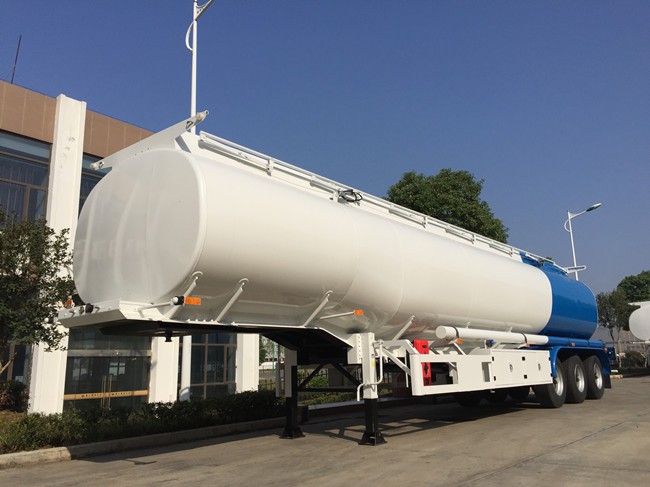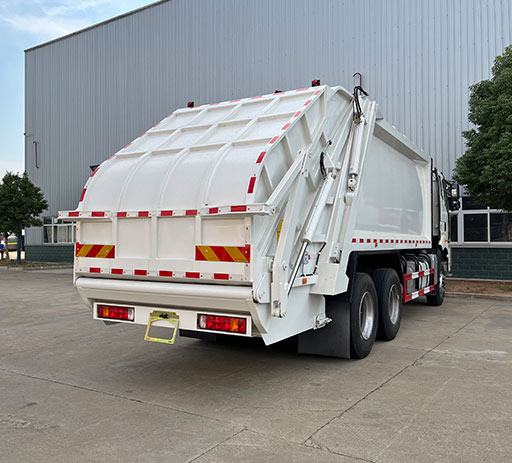Understanding China’s Right-Hand Drive Vehicles

Introduction
China, known for its robust automotive industry, has made significant strides in the development of both left-hand and right-hand drive vehicles. While the majority of the world predominantly utilizes left-hand drive vehicles, certain regions, including a few in China, have adopted right-hand drive systems. This article aims to explore the nuances surrounding right-hand drive cars in China, including their manufacturing, regulations, market demand, and the implications for local drivers.
The Landscape of Driving in China
Overview of Driving Orientation in China
China primarily follows a left-hand driving system, which aligns with the global trend for most countries. However, there are exceptions in regions such as Hong Kong and Macau, where right-hand drive vehicles are the norm due to historical British influence. This section delves into the differences in driving orientation across various regions of China.
Right-Hand Drive vs. Left-Hand Drive
Understanding the differences between right-hand drives (RHD) and left-hand drives (LHD) is crucial. RHD vehicles have the steering wheel positioned on the right side, allowing the driver a better view of oncoming traffic when overtaking on the road. In contrast, LHD vehicles have the steering wheel on the left side, which is more common globally. Here’s a table that compares the two:
| Aspect | Right-Hand Drive (RHD) | Left-Hand Drive (LHD) |
|---|---|---|
| Steering Position | Right Side | Left Side |
| Common Regions | UK, Australia, Hong Kong | USA, Europe, China Mainland |
| Overtaking Visibility | Better | Worse |

Market Demand for Right-Hand Drive Vehicles in China
Consumer Preferences
In China, the market for right-hand drive vehicles is niche but noteworthy. The preference often stems from expatriates and foreign travelers who are accustomed to RHD vehicles. Thus, manufacturers must consider the unique requirements and standards set by local consumers.
Growth of RHD Vehicle Production
The rise of international automotive manufacturers in China has led to an increase in the production of RHD vehicles. Brands such as Honda, Nissan, and Toyota are producing models specifically designed for the RHD market in China. This growing trend indicates a potential shift in consumer demand as more consumers are exposed to RHD vehicles.
Regulatory Environment for RHD Vehicles
Import Regulations
Importing right-hand drive vehicles into China comes with specific challenges and regulations. The Chinese government imposes strict standards on vehicle safety and emissions, which must be met before an RHD vehicle can be sold or registered in the country.
Licensing and Registration
Licensing and registering an RHD vehicle in China involves several steps that differ from standard LHD vehicles. Local laws dictate the necessary paperwork, insurance, and vehicle inspections. It is essential for drivers to familiarize themselves with these regulations to avoid legal complications.
Required Documentation
To register an RHD vehicle, drivers typically need the following:
- Original vehicle registration documents
- Proof of ownership
- Compliance certificate
- Insurance documentation
Driving Experience in RHD Vehicles
Adjusting to Right-Hand Drive
For drivers accustomed to left-hand drive vehicles, switching to right-hand drive can initially be challenging. Key adjustments include understanding the differing dimensions of the vehicle, spatial awareness, and maneuvering techniques.
Safety Considerations
Driving an RHD vehicle in a predominantly LHD environment can present unique safety challenges. RHD drivers must be vigilant and adapt their driving habits to ensure safety on the roads. Here are a few practical tips:
- Practice parallel parking and maneuvering in lesser-trafficked areas before driving in busier locations.
- Be cautious when navigating intersections and roundabouts where visibility may be impaired.
- Stay alert to compensate for any potential blind spots created by the vehicle design.
Examples of Popular Right-Hand Drive Vehicles in China
Imported Models
Several RHD vehicles have gained popularity among consumers in China. Examples include:
- Honda Fit: Known for its compact size and fuel efficiency, this model appeals to urban drivers.
- Nissan Qashqai: This SUV has a strong following among families due to its spacious design.
- Toyota Land Cruiser: A notable choice for off-road enthusiasts and those requiring larger vehicles.
Buying Tips for Right-Hand Drive Vehicles in China
Choosing the Right Model

When considering purchasing an RHD vehicle in China, buyers should take a few factors into account:
- Assess your driving needs: Consider traffic conditions and how often you drive in urban versus rural areas.
- Evaluate fuel efficiency: Given fluctuating fuel prices, selecting an RHD model with better mileage can lead to savings in the long run.
- Research re-sale values: Certain models retain their value better than others, which can affect future resale prospects.
Where to Buy RHD Vehicles
RHD vehicles can be sourced from various platforms, including:
- Authorized dealerships that specialize in RHD imports.
- Online marketplaces catering to automotive sales.
- Car auctions that feature both imported and locally manufactured RHD vehicles.
Future Trends in China’s RHD Vehicle Market
Electrification of RHD Vehicles
As the global automotive industry shifts towards electric vehicles (EVs), the RHD segment in China is also expected to follow suit. Companies are increasingly investing in the development of electric RHD vehicles to meet growing environmental standards and consumer preferences.
Impact of Technology
Technology is transforming the way RHD vehicles are designed and manufactured. Innovations in materials and manufacturing processes could lead to more affordable and sustainable RHD vehicles in the near future.
FAQ Section

What are the main differences between RHD and LHD vehicles?
The main difference is the steering wheel position; RHD vehicles have the steering wheel on the right side, while LHD vehicles have it on the left. This affects driving visibility and experience, particularly in countries where the driving side differs from the vehicle’s design.
Can I drive an RHD vehicle in mainland China?
Yes, you can drive an RHD vehicle in mainland China, but you must adhere to local registration and compliance regulations.
Are RHD vehicles more expensive to insure in China?
Insurance costs for RHD vehicles may vary. Generally, RHD cars can have different premium rates based on factors such as rarity, demand, and local insurance policies.
How do I maintain an RHD vehicle in China?
Maintaining an RHD vehicle involves regular service checks, monitoring wear and tear specific to RHD design, and ensuring that parts are available for replacements, which may require sourcing from specialized suppliers.
What should I do if I have an accident in an RHD vehicle?
If you have an accident in an RHD vehicle, follow the standard accident protocol: assess the situation for injuries, contact local authorities, and report the incident to your insurance provider promptly.
